Interview with Gunter Wetzell, an exile party who made a hot air balloon in DIY from East Germany with limited information and supplies

After World War II, Germany was divided into a region occupied by the western countries and a region occupied by the Soviet Union, and the Federal Republic of Germany (West Germany) and the Democratic Republic of Germany (East Germany) were established. In East Germany, the secret police 'Stazy' has always monitored the people thoroughly, deprived the people of their freedom and suppressed their lives, but in such East Germany, the idea of 'riding to West Germany on a hot air balloon' was realized. There is a person who From July 10, 2020 (Friday), the movie `` Escape Flight by Balloon'' `` Escape Flight of the Balloon Miracle' ' will be released, so Gunter Wetzell, a party who succeeded in exile, I listened to the story of those days.
'Balloon Miracle Escape Flight' Official Website

You can check the 'Balloon Miracle Escape Flight' trailer, which depicts how two ordinary families try to go to exile with a handmade hot air balloon secretly produced by the stalking investigation in East Germany, where supplies are limited.
Released on Friday, October 10, 'Balloon Miracle Escape Flight' Trailer [Long Ver.]-YouTube
The man in the photo is Gunter Wetzel, who actually made a hot air balloon and went to exile in West Germany. This time, he was interviewed remotely from Germany.
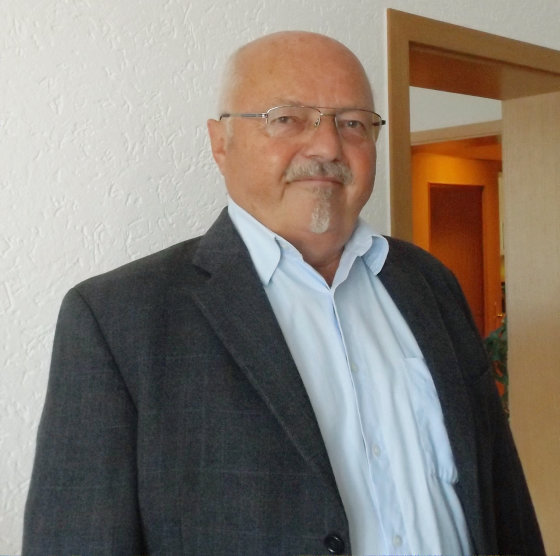
In addition, since I have talked to the parties concerned, I am touching the contents of the movie as a whole, so if you want to block the information and watch the movie, I recommend reading it after watching.
GIGAZINE (hereinafter G):
The idea of 'going to exile in a hot air balloon' is quite strange, but where did you come from?
Mr. Gunter Wetzell (hereafter Wetzell):
I've had the desire to “go to West Germany” for many years, but I didn't want to do it because of the danger. However, in March 1978, my relatives happened to bring me a Western article about a hot-air balloon event held every year in New Mexico. I saw the colorful hot air balloons flying and thought, 'Isn't this way going to the west without being too difficult?'
Below is a photo of the Wetzell family at the time.

G:
Does 'not so difficult' mean 'not technically difficult'?
Wetzel:
Rather than technical, it's all about 'in danger'. To be specific, at that time, all measures were taken on the land near the border between East and West Germany, but I thought that it would be possible to fly by the air. East German police couldn't fire into the sky. Since it was occupied by the Soviet Union, you couldn't shoot so easily.
G:
I see, that was the situation. What was Mr. Wetzell's success rate for asylum exile?
Wetzel:
The idea of 'success' was close to certain. However, I always thought about the danger of 'if it was found by Stage', so there was Plan B as well. At that time, relatives who lived in West Germany sometimes visited us, so I handed them a photo of their hot air balloon and said, ``If we suddenly disappeared from East Germany, this hot air balloon And spread what we were trying to escape in West Germany.' If we find that political persecution becomes widespread, the western government should take over, so let's go west that way.
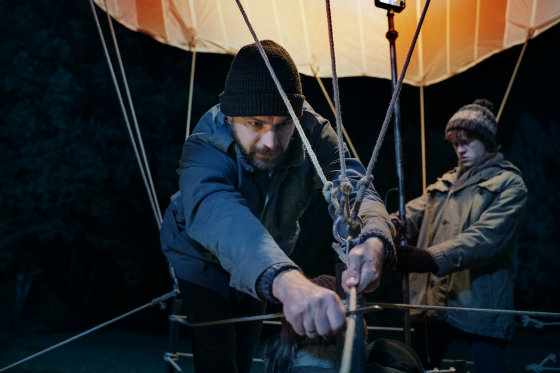
G:
It was in the movie that it took two years to make the first hot air balloon. Please tell us the timeline of these two years, including design, material procurement, and actual work.
Wetzel:
In the movie, we made two hot-air balloons, the first took two years to complete, and the second took 6 weeks to finish, but we are actually making three hot-air balloons. The first hot air balloon was a blunder and didn't work at all, so Michael Brie Helbig decided not to portray it in the film. But in fact, it took 6 weeks to make the first hot air balloon, 5 weeks to make the second hot air balloon in the movie, and 5 weeks to make the third successful hot air balloon. I was testing between productions. The day I planned to escape was March 8, 1978, and the day I successfully arrived and arrived in the west was September 16, 1979, so it's been a year and a half.
G:
I think East Germany at that time had limited supplies, but was it difficult to procure materials?
Wetzel:
I and my friend Peter were initially working at a factory that made leather products. Since leather goods use cloth for the lining, I used that material for the first failed hot air balloon. In East Germany, personal possession was not allowed and all were property of the country, but conversely it is ``everyone's thing'', so I handed a box of beer to the plant manager and got a cloth for lining (laugh)
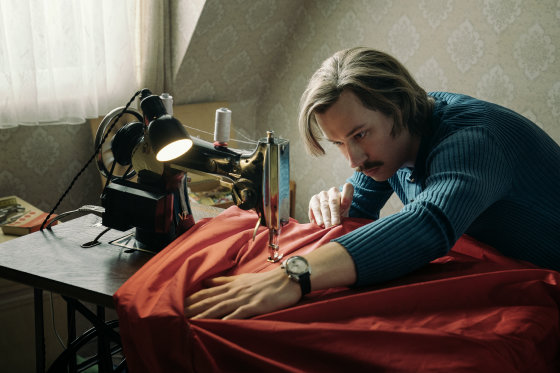
Wetzel:
The second hot air balloon happened to find a large amount of fabric in the town of Leipzig and bought it. The third hot air balloon was made by buying and collecting little by little as I traveled around East Germany as shown in the movie.
G:
In addition to cloth, materials for making hot air balloons such as propellers, burners, gondola, pressure gauges, etc. appeared in the work. Was it easy to get these too?
Wetzel:
Materials used for propellers and gondola were commonly found in East Germany at that time as building materials and daily necessities. The gondola rope is a clothesline.
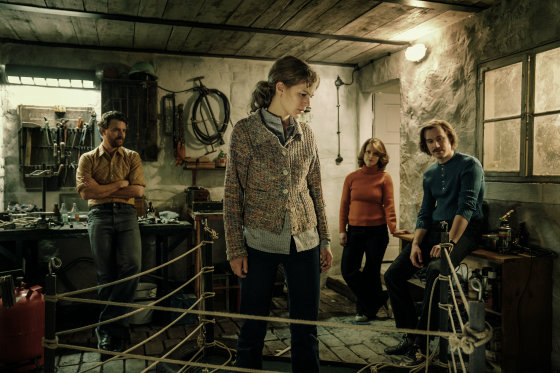
G:
Burners and cylinders...
Wetzel:
I used the cylinder that I used at home. The burner is a self-made product that uses metal fittings for water.
G:
You said you made three hot-air balloons in total, but how did you make improvements?
Wetzel:
The first hot air balloon was too small and the cloth was too weak for water. The amount of air that this hot air balloon could take was 1800 cubic meters, but I recalculated to solve the size problem, the second was able to take in 2200 cubic meters of air, and inflated it with a blower. I also made the fabric good. The second hot air balloon also had a size problem, so the third successful hot air balloon improved the intake volume to 4200 cubic meters. This is the largest size in Europe in 1979.

G:
I think it would require a lot of knowledge to do that, but Mr. Wetzell was an ambulance driver, right?
Wetzel:
I had vocational training in several occupations, first as a brick builder for 5 years and then as an ambulance driver. And in 1978, Peter and I became independent as an electrician. I was working on electrical work for the leather product factory I mentioned earlier.
G:
I was worried about the point that 'the ambulance driver designs and produces the balloon' in the movie, 'Isn't it special?...', but the situation is a bit different between the movie and the actual situation. .. Did you acquire the knowledge to make hot air balloons in various vocational trainings and jobs?
Wetzel:
East Germany at that time had to do a lot of things on its own. I think that I had such a talent because I had a clever hand, and I was doing mathematics as a hobby.
G:
You were even designing an airplane.
Wetzel:
That's right. Designing an airplane wasn't just about movies, it was what I was thinking about. The second hot air balloon, the first hot air balloon in the movie, but I found that eight people could not ride in the middle, and because there was a disagreement between Peter and me, Did not ride. At that time, I thought of a way for four of us to escape by plane. I designed a 4-seater ultra-light power machine , but I realized the difficulty on the way and returned to the idea of a hot-air balloon.
G:
Did you refer to books etc. to design the airplane?
Wetzel:
I had a friend who had a glider, I heard a lot of stories from him, and I did it with the knowledge I had heard and the books I borrowed. It's been 32 years since I got a pilot's license after I went to exile in West Germany, but now I know that an airplane is not such an easy flight. I think that the drawing I was drawing at the time did not fly (laugh)
G:
In the film, Mr. Wetzel was very concerned about the eyes of others in the movie, and I was stunned by the depiction of a suspense movie. It is difficult to imagine the situation in Japan where there is a 'Stage (secret police)' in everyday life, but I wonder if there was a feeling of 'always being monitored' in reality.
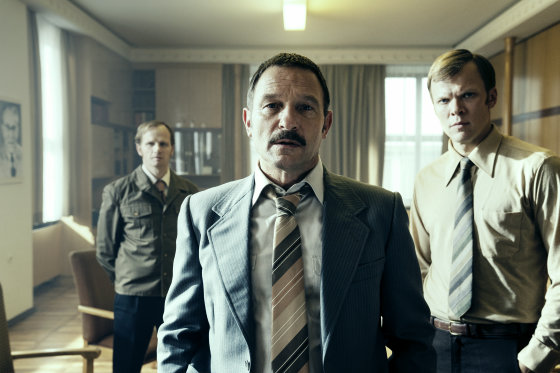
Wetzel:
There was always the risk of being watched by someone or being sniffed by someone. Of course, not everyone will inform or watch. However, everyone had the feeling that a particular person had to be careful. So while I was making a hot air balloon, I lived carefully.
G:
In the movie, his neighbor, Baumann, declared himself to be Stasi (secret police). Looking at Mr. Baumann, he said, 'What is the 'secret' of the secret police...?', but was Stazi actually affirmed by many?
Wetzel:
No one, like Baumann, declared himself a Stasi. Staff at Stage were more modest, but we all knew that 'this person is a staff at Stasi.' On the other hand, some civilians, though not Stages, were being used by Stages to inform. I don't know the existence of such people from the outside, but when I look at my behavior, I somehow realize that this person may be dangerous, so I feel like paying attention to that person.
G:
After all, there was a sense of being watched. I think that making hot air balloons under the water is a high risk, but please tell us why you decided to go west until you risk it.
Wetzel:
There were various restrictions in East Germany, I could not say my opinion, I could not leave the country, and there were restrictions in my occupation. As a result of the accumulation of various small complaints, my desire to escape to the west became stronger. Fortunately, for me and Peter, they had their own home. Peter was also a member of the
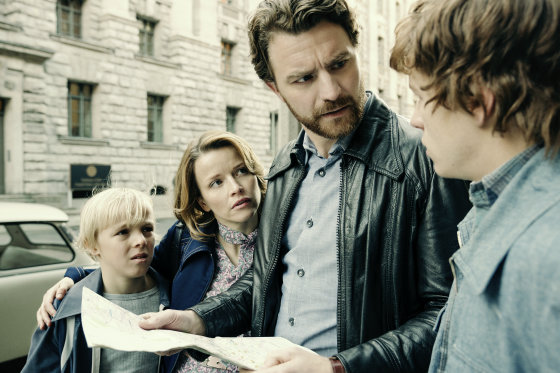
G:
Peter failed to make the first hot air balloon flight and was back home. Were there any other people around Mr Wetzell who came back after failing in exile?
Wetzel:
Not to my knowledge. First of all, I don't know the person who arrived in the west, and if I fail, I will be imprisoned. The person who was arrested by Stage and imprisoned seemed to be in a pretty bad condition during the imprisonment, and even after coming out, he didn't talk about it at all. Even now, there are people who don't talk about those days and people who can't.
G:
From the movie, it was felt that 'peaceful everyday life' and 'violence one step outside' existed in a single sheet of paper. There was a scene in the movie where you would be informed when you bought a lot of cloth, but did this situation of 'close crisis' actually occur?
Wetzel:
There was no dangerous scene up there. However, this is the part where Director Herbig read the materials left by Stasi at the time and went to the museum in Stasi to pick up the information at that time.
G:
Wetzell himself did not feel any danger while he was in exile after making a hot air balloon.
Wetzel:
I didn't.
Anyway, I had a strong desire to escape from East Germany, and I believed that 'this hot air balloon will definitely go west'. The more I thought about it, the more I became unwilling to live in East Germany, and I was in a situation to drive myself. So I didn't feel stressed.
G:
Rather, the process of making a balloon was 'hope.'
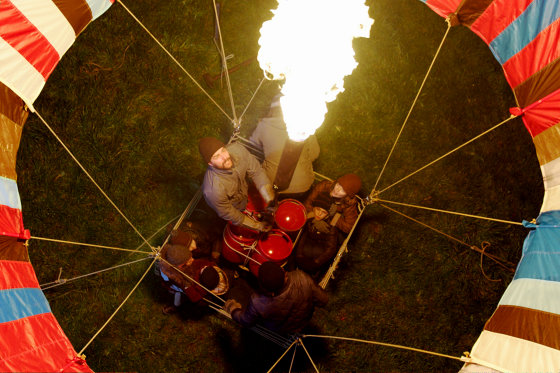
Wetzel:
I was hoping, and I was confident that 'this would definitely work.'
G:
This is the last question. Director Herbig said, 'The more I examined it, the more I confident that it was correct to produce this subject in Germany,' but as Wetzell, how about this subject being released as a German movie? Do you have any thoughts?
Wetzel:
With this film adaptation, there are more opportunities for schools to deal with East Germany. Teachers are also teaching their children what went wrong in East Germany with their initiative. We consider it the advocate of many who have tried to go into exile. For many, the East German regime was not so bearable. This film is a story that tells why the people who lived in East Germany at that time strongly thought that they wanted to leave East Germany, and in what form they wanted to escape.
G:
Thank you for your valuable story today.
' Balloon Miracle Escape Flight ', which was modeled on the story of Mr. Wetzell who interviewed, was released from July 10, 2020 (Friday).
'Balloon Miracle Escape Flight' Official Website
https://balloon-movie.jp/

© 2018 HERBX FILM GMBH, STUDIOCANAL FILM GMBH AND SEVENPICTURES FILM GMBH
Related Posts:






